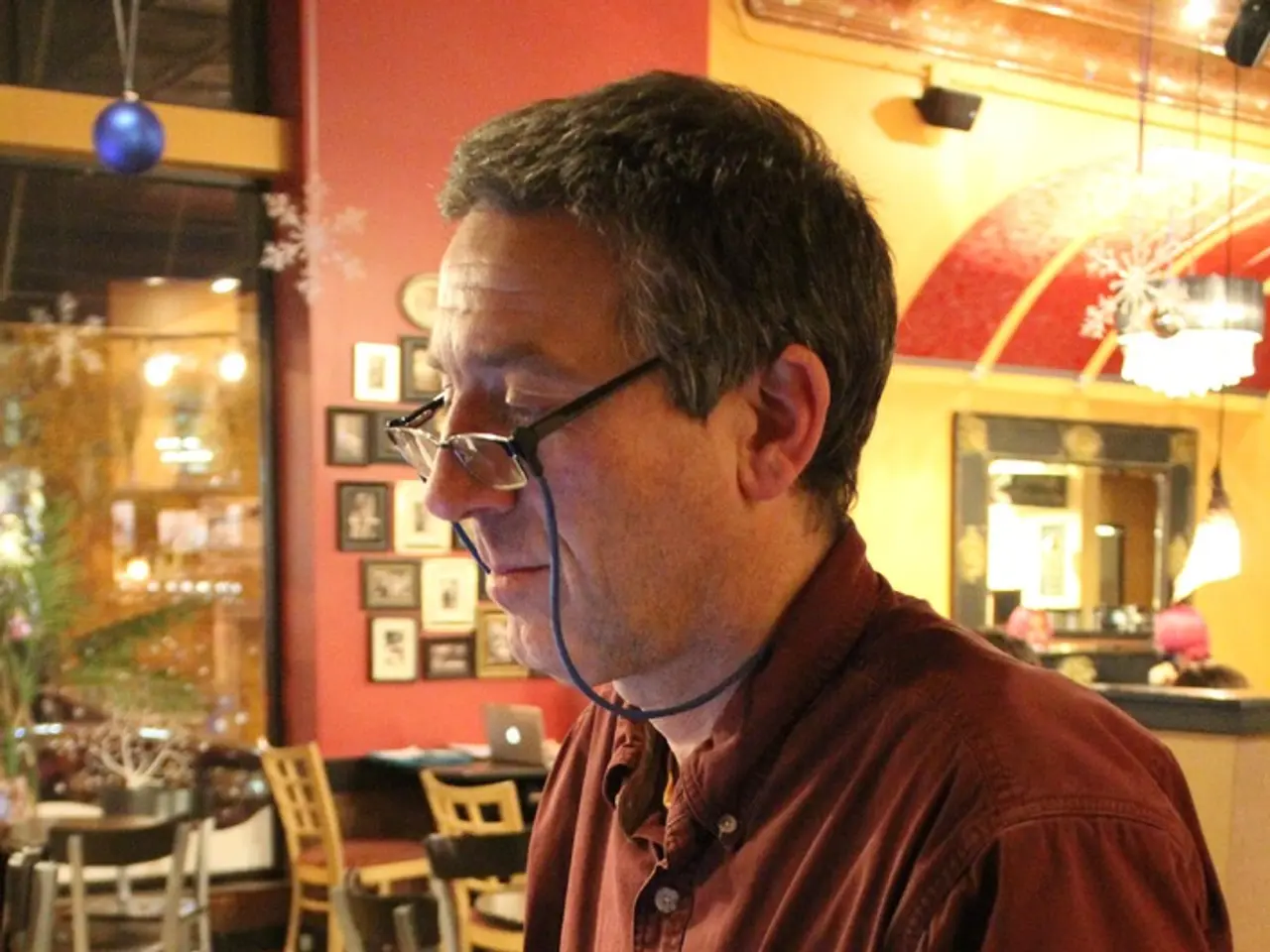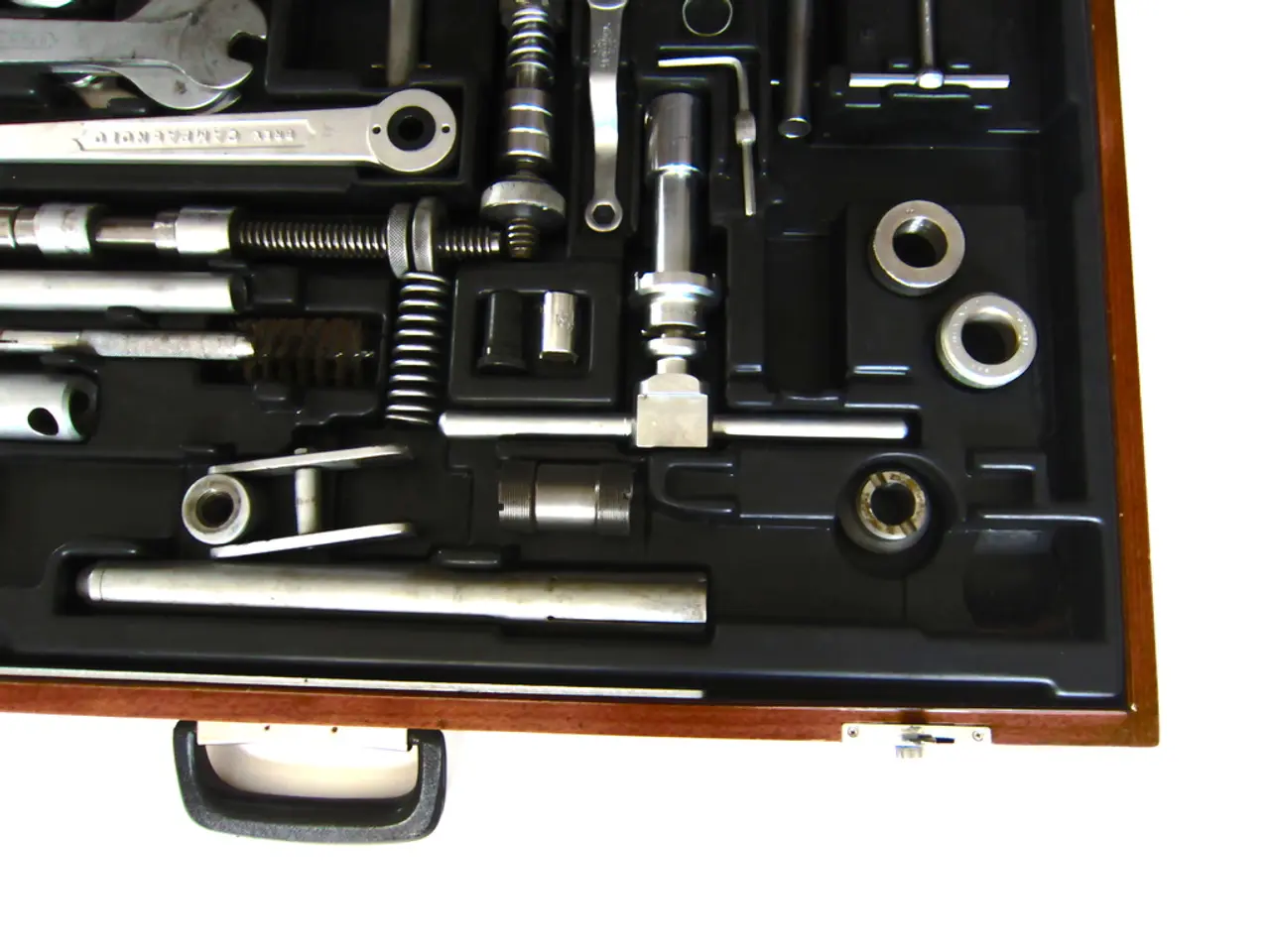Design Thinking Phases: A Sequential Approach to Problem-Solving
Vibing on Design Thinking? Here's the lowdown on this badass problem-solving method, man! Design thinking is a kickass approach that brings innovative solutions to life based on real users' thoughts, emotions, and actions. This non-linear process focuses on collaboration between designers and the peeps who'll be using the product or service.
Ready to dive in? Buckle up for these five stages:
- Empathize: First stop - empathy! Here, we're all about understanding the user's needs, pain points, and desires. Interviews, observations, and empathy maps are necessary tools to gather insights for meaningful solutions[1].
- Define: Enough with the fluff! Time to analyze the insights and nail down the core problem in a user-friendly way[1]. Remember, it ain't about your company's needs; it's about the people who'll be reaping the benefits of your solution!
- Ideate: Strap on your brainstorming hats, my friends! The ideate stage is all about exploring creativity and generating a boatload of ideas based on the defined problem[1].
- Prototype: Now it's time to put ideas into action. Prototyping lets us experiment with and test our proposed solutions, moving them from the abstract to the tangible[2].
- Test: The final stage is all about user testing. We put our prototypes to the test with real-life users, gathering feedback to iterate and refine our solutions until they nail it for the people[2].
Keep in mind, these stages ain't set in stone. In an iterative process like design thinking, they're more like a guide to the activities you'll undertake. You might carry these stages out simultaneously, repeat them, or even loop back to previous stages as new insights emerge. That's the beauty of design thinking, man!
references:
[1] Hasso Plattner Institute of Design at Stanford (d.school). (2010). An Introduction to Design Thinking PROCESS GUIDE. Retrieved March 22, 2023, from https://dschool-wcet.s3.amazonaws.com/s3fs-public/design-thinking-process-guide_draft2.pdf
[2] IDEO. (2023, March 7). Design Thinking: A Non-Linear Process. Retrieved March 22, 2023, from https://www.ilo.org/global/resources-and-events/training-programmes/|products/article/en/WCMS_266111/index.htm
Interaction design comes into play during the prototyping stage, where designers translate their ideas into tangible mockups and user interfaces to test and refine their designs. Design thinking actively encourages the use of technology to aid in the prototyping process, enabling the creation of digital prototypes that can be easily tested and iterated upon.




